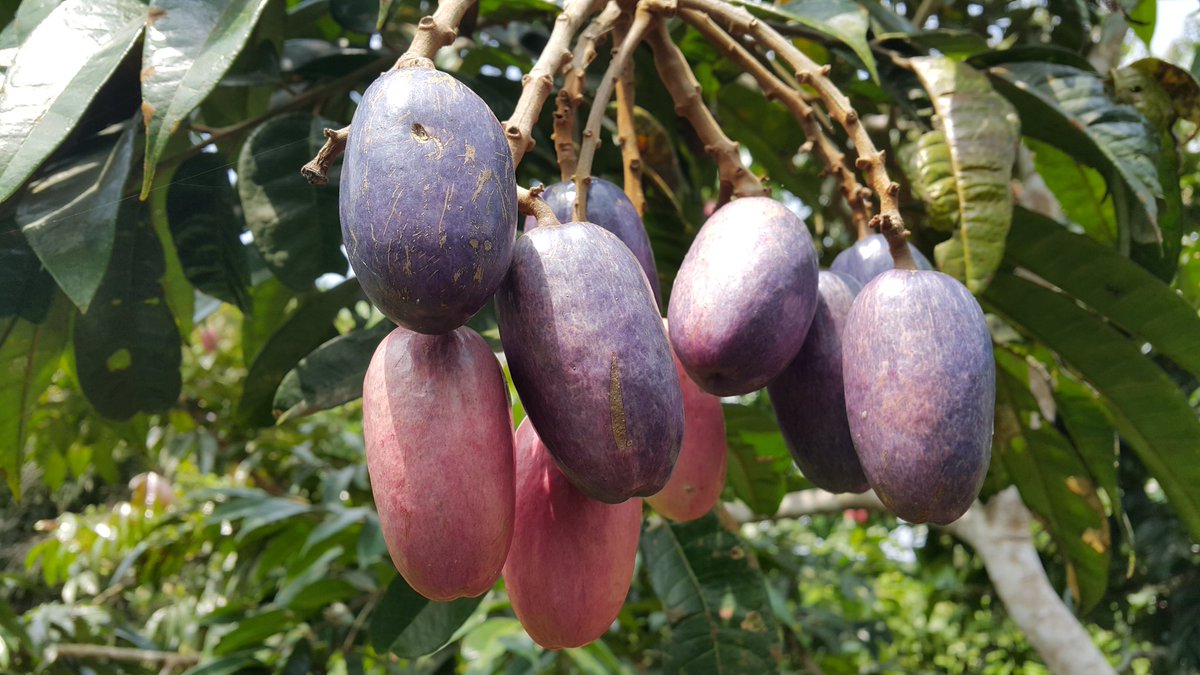Baboon grape; Rhoicissus digitata
 Other members of the genus have many medicinal, culinary and traditional uses. The fruit of R. rhomboidea is edible. The Lobedu use the fleshy root of R. erythrodes (now R. tridentata subsp. cuneifolia ) in the treatment of the condition known to them as popo ya muyana, where the objective is to strengthen the part of the head of babies which is soft and pulsating. The swollen root is cut into quarters and boiled in water; this is used to make a soft mealie pap which is fed to the infant and then also portions of the plant are stamped into a pulp and applied over the fontanelle. This plant is also used as an epilepsy remedy and the purple fruit is edible. The Masai take a decoction of the root as a nerve stimulant and gonorrhoea remedy and the plant juice is used as a dressing for spear wounds. Poisoning of swine from eating the root of Rhoicissus erythrodes has been reported from Tanganyika. The stem of Rhoicissus revoilii contains a great deal of thin acid juice which is valued in Tanganyka in times of water shortage, and is also used as an addition to palm wine.
Other members of the genus have many medicinal, culinary and traditional uses. The fruit of R. rhomboidea is edible. The Lobedu use the fleshy root of R. erythrodes (now R. tridentata subsp. cuneifolia ) in the treatment of the condition known to them as popo ya muyana, where the objective is to strengthen the part of the head of babies which is soft and pulsating. The swollen root is cut into quarters and boiled in water; this is used to make a soft mealie pap which is fed to the infant and then also portions of the plant are stamped into a pulp and applied over the fontanelle. This plant is also used as an epilepsy remedy and the purple fruit is edible. The Masai take a decoction of the root as a nerve stimulant and gonorrhoea remedy and the plant juice is used as a dressing for spear wounds. Poisoning of swine from eating the root of Rhoicissus erythrodes has been reported from Tanganyika. The stem of Rhoicissus revoilii contains a great deal of thin acid juice which is valued in Tanganyka in times of water shortage, and is also used as an addition to palm wine.More: www.revolvy.com/topic/Rhoicissus%20digitata&uid=1575

